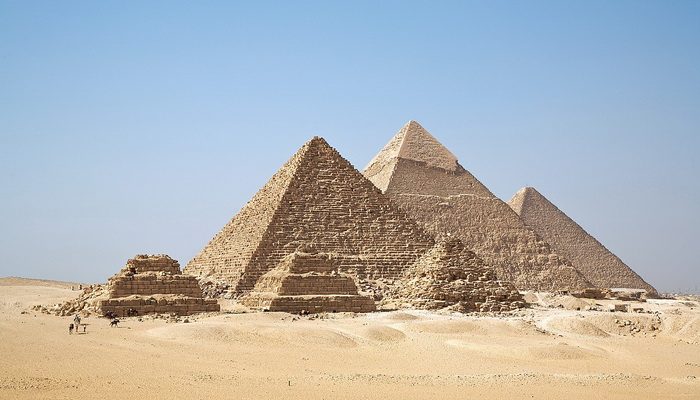Egypt, a land of timeless allure and intrigue, beckons travelers with its vast expanse of deserts, the lifeline Nile River, and remnants of ancient civilizations that have shaped history. Tourist attractions in Egypt span millennia, from the Pharaohs’ pyramids to the bustling streets of Cairo. It’s not just about history, though. Egypt offers vibrant culture, tantalizing cuisine, and hospitable locals, making it a comprehensive travel experience.
Have you ever dreamt of standing beneath the towering Pyramid of Giza? Or maybe cruising along the Nile, the world’s longest river, observing the daily life of Egyptians? Such experiences are more than just sightseeing – they transport you back in time. Egypt’s monuments narrate tales of power, faith, and passion, allowing you to trace the footsteps of pharaohs, traders, and explorers. Furthermore, the Red Sea’s azure waters, famous for diving and marine life, present a contrasting landscape to the golden deserts.
Attractions in Egypt are vast and varied, ensuring there’s something for everyone. Whether you’re an archaeology aficionado, a beach lover, or a foodie, this country guarantees lasting memories. Indeed, visiting Egypt is not merely a trip but an immersion into a world where modernity gracefully dances with antiquity.
Let’s check out 10 Most Popular Tourist Attractions in Egypt…
10 – The Dual Deities of Kom Ombo: Exploring the Temple
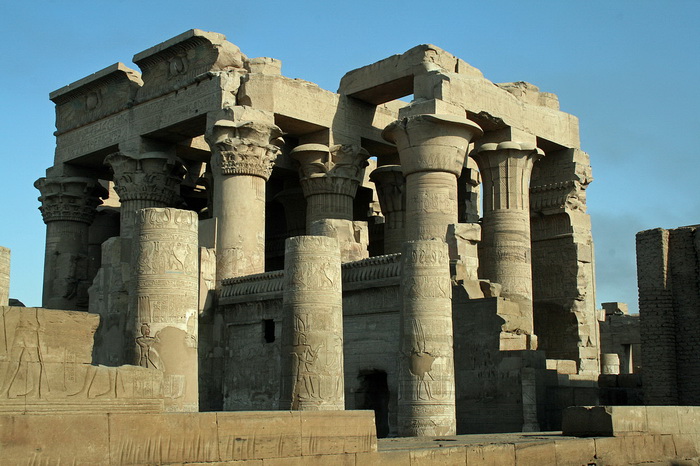
Visitors are often captivated by the well-preserved wall reliefs, which depict intricate details of surgical instruments, hinting at the temple’s association with healing. Near the temple, you’ll find the Crocodile Museum, home to several mummified crocodiles, a nod to Sobek’s reverence. If you’re navigating the Nile by cruise, a stop at Kom Ombo is essential, merging scenic beauty with historical splendor.
09 – Unlocking History: The Majestic Valley of the Kings
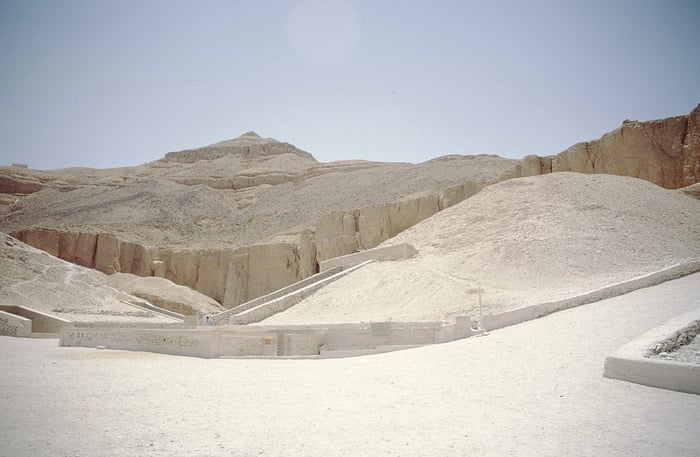
When visiting, consider hiring a guide. Their insights will help you decode the hieroglyphs and appreciate the tombs’ historical significance. However, be mindful of the “camera” rules, as some tombs prohibit photography to preserve their ancient artworks. With its rich history and remarkable preservation, the Valley offers a journey into the heart of ancient Egypt’s belief in life beyond death.
08 – An Oasis of Artistry: The Gayer-Anderson Museum
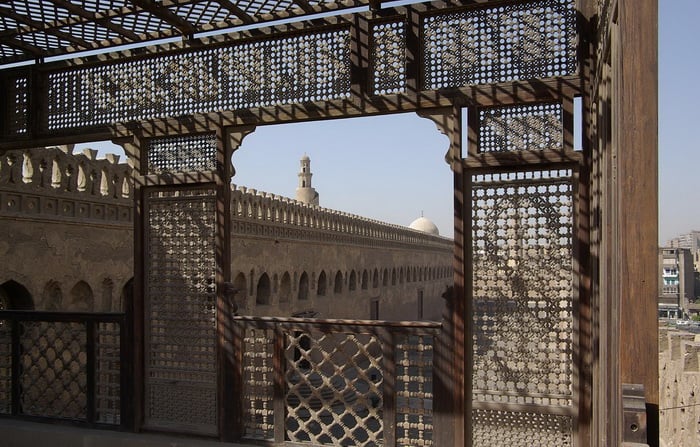
Visitors can explore the numerous rooms, each filled with a mix of Egyptian, Persian, and Turkish art, revealing Major Gayer-Anderson’s eclectic taste. The rooftop offers panoramic views of Cairo, and if you’re a film enthusiast, you might recognize the museum’s courtyard from the James Bond movie “The Spy Who Loved Me.” Combining history, art, and cinema, the Gayer-Anderson Museum offers an intimate glimpse into Cairo’s diverse cultural tapestry.
07 – Regal Elegance: The Montaza Palace Complex
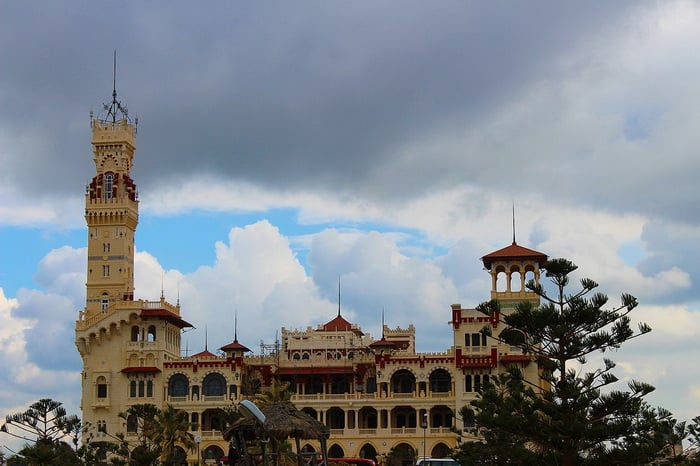
While the main palace isn’t open to the public, the gardens are. Strolling through, visitors can enjoy stunning sea views, vibrant flora, and smaller palaces like the Al-Haramlik. Nearby, the beaches provide a relaxing spot to unwind. Given its royal heritage and captivating views, Montaza is not merely a palace but a slice of Egypt’s monarchical past, juxtaposed against the azure Mediterranean backdrop.
06 – A Surreal Landscape: White Desert National Park
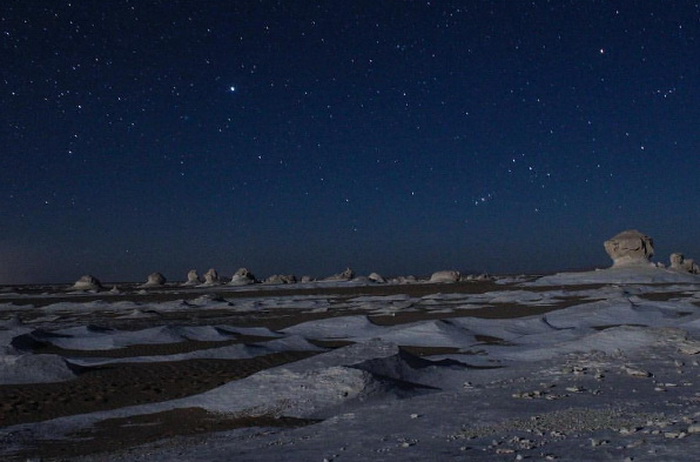
Amidst the vast stretches of golden sands, these brilliant white formations stand in stark contrast, making you feel as if you’ve stepped onto another planet. For the adventurous, camping under the stars here is an ethereal experience. The eerie silence and the surreal landscapes make it one of the most enigmatic deserted places in the world.
05 – Gateway to History: Luxor Temple
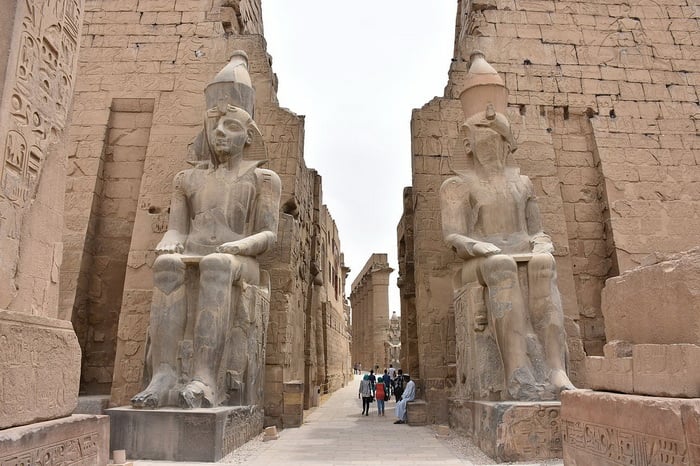
Adorned with intricate carvings, obelisks, and sanctuaries, Luxor Temple is more than just stone and mortar; it’s a chronicle of ancient rituals, religious transformations, and architectural marvels. Visitors often combine this temple with the nearby Karnak Temple, creating a day filled with profound historical exploration.
04 – Sacred Ascents: Mt Sinai
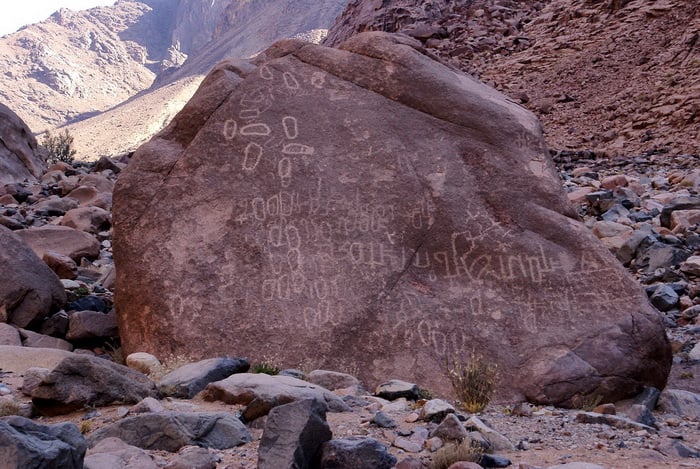
As dawn breaks, the view from the peak, with the sun casting a golden hue over the rugged terrains and vast expanses, is simply divine. Many pilgrims and travelers opt for a nighttime climb to witness this breathtaking sunrise. Along the way, St. Catherine’s Monastery, one of the world’s oldest working Christian monasteries, offers a historical pitstop.
03 – An Icon of Antiquity: Pyramids of Giza
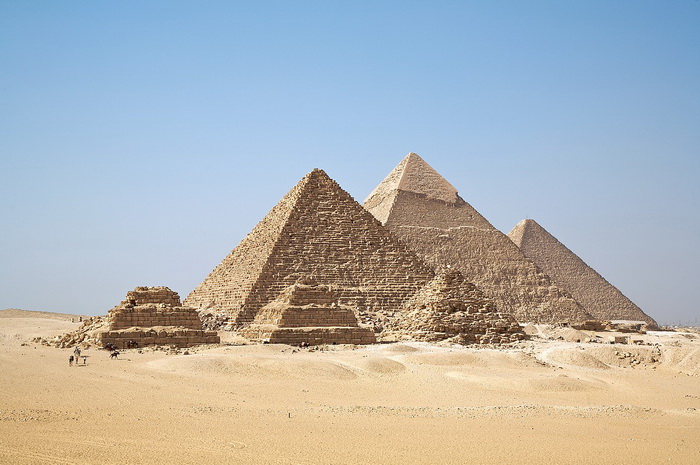
Standing tall against Cairo’s skyline, the Pyramids of Giza remain one of the most recognized and revered wonders of the ancient world. Built over 4,500 years ago during Egypt’s Fourth Dynasty, these pyramids, particularly the Great Pyramid of Khufu, showcase unmatched architectural brilliance.
While theories about their construction methods abound, their purpose as tombs for Pharaohs Khufu, Khafre, and Menkaure is universally acknowledged. Adjacent to the pyramids, the enigmatic Sphinx, with its lion’s body and human head, guards the plateau. When here, don’t just witness; immerse yourself, feel the desert winds, and let the weight of millennia sink in as you walk around these giants.
02 – Centuries of Spiritual Harmony: Al Azhar Mosque
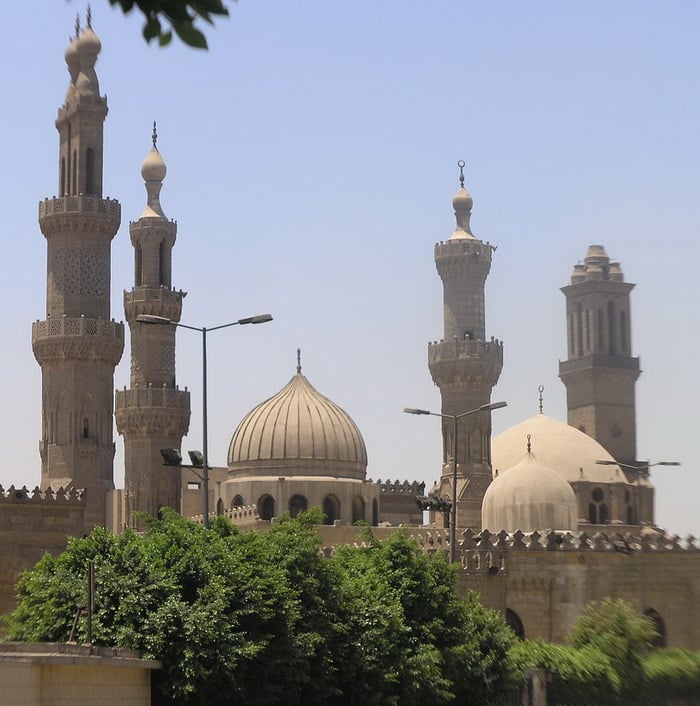
Inside, the mosque is adorned with intricate calligraphy and beautiful geometric patterns that speak volumes of Islamic artistry. Its expansive courtyard welcomes scholars and theologians, given its reputation as one of the world’s oldest universities. Those visiting are often enveloped in an atmosphere of learning and spiritual reflection. Over time, Al Azhar has established itself not just as a place of worship but as a beacon of Islamic scholarship and discourse.
01 – Lifeblood of a Civilization: The Nile
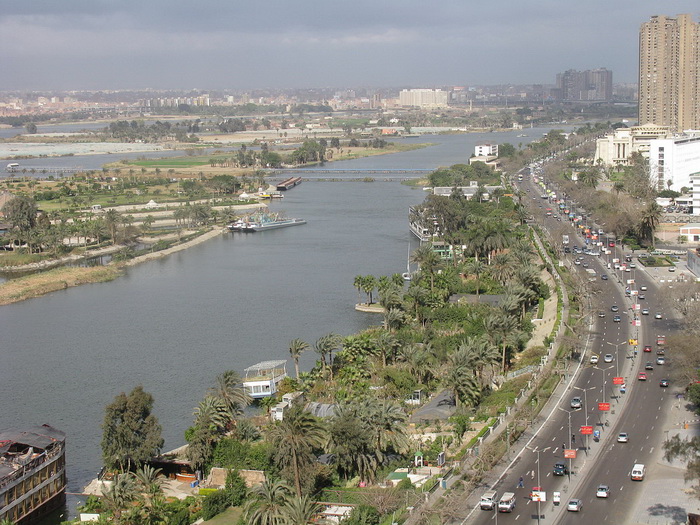
Mention Egypt, and the first image often conjured is that of the serene Nile, the world’s longest river, weaving its narrative across 11 countries. Beyond its size, the Nile holds unparalleled significance for Egypt. Historically, it transformed a desert landscape into a cradle of civilization, where empires were born on its banks, and legendary tales unfolded.
Today, a cruise down the Nile is an unparalleled journey. As the gentle waves lap against traditional feluccas, visitors witness the juxtaposition of Egypt’s vibrant past and its dynamic present. From ancient temples like Karnak and Luxor standing tall on its banks to the bustling cities of Cairo and Aswan, the Nile is Egypt’s lifeblood in every sense. Evenings by the river, with the sun setting over palm-fringed horizons and the waters reflecting the hues of the sky, encapsulate the soul of Egypt in a single frame.
What is the best time of year to visit Egypt?
Choosing the perfect time to explore Egypt can elevate your travel experience. Ideally, the best months to embark on your Egyptian adventure are between October and April. During these months, the temperatures are milder, making it conducive to explore the outdoors, especially the desert regions and historical sites.
The winter months, particularly December and January, are peak travel seasons owing to the pleasant weather. However, this also means that popular places to visit in Egypt can get crowded. For those looking to escape the crowds, the shoulder months of October and April can be ideal, balancing good weather and fewer tourists.
If you’re drawn to the Red Sea’s pristine beaches, the winter months offer warm waters, ideal for snorkeling and diving. Meanwhile, Nile cruises are especially delightful between October and mid-April, with cooler evenings enhancing the scenic journey.
While summer, from May to September, can be intensely hot, especially in areas like Luxor and Aswan, it’s a suitable period for travelers seeking budget deals and fewer crowds. However, ensure you’re ready for the high temperatures if you venture out during these months.
Is Egypt Safe for Tourists? A Comprehensive Insight
Safety is a paramount concern for every traveler. When considering a trip to Egypt, the question of security often arises, given the country’s past political turmoil. However, Egypt has made significant strides in enhancing tourist safety over the last few years.
Tourist hotspots, including the ancient ruins and the Nile cruises, have stepped up security. Most tourist attractions in Egypt are now well-guarded with dedicated tourist police, making these areas safer for visitors. Additionally, major cities like Cairo, Luxor, and Sharm El Sheikh have witnessed a drop in petty crimes targeting tourists.
It’s crucial to differentiate between regions in Egypt. While the Sinai Peninsula, especially its Northern part, has been a hotbed for insurgent activities, the southern region, which houses popular diving resorts, remains largely unaffected.
Practicing standard travel safety guidelines, like avoiding public demonstrations, not venturing out late at night in unfamiliar areas, and being aware of your surroundings, can further ensure a secure trip.
That said, while Egypt has made remarkable progress in ensuring tourist safety, it’s always a good practice to check travel advisories and consult locals or tour operators about current conditions.


